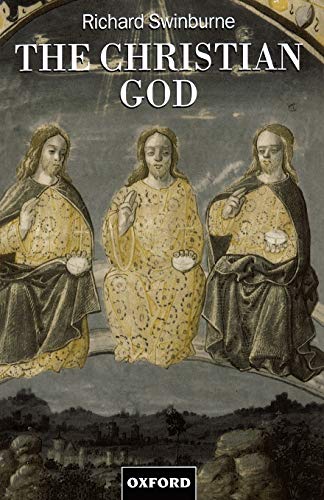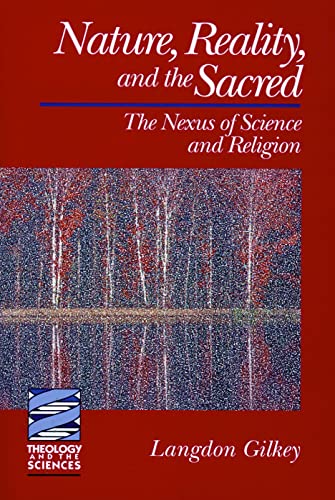Religion and Culture in Ancient Israel
Written by J. Andre Dearman Reviewed By Richard S. HessHendrickson has produced three volumes that explore important aspects of OT Israel from a variety of social scientific perspectives. Dearman’s volume is divided into two parts. The first part traces the history of ancient Israel from the patriarchal ‘traditions’ to the period of the Maccabees. The second part examines the variety of theological emphases found in the historical, prophetic, wisdom and apocalyptic texts (for the latter, the whole chapter focuses on Daniel). I missed a developed discussion on the family, but this seems to reflect the weighting toward religion in the ‘religion and culture’ of the title. The author’s awareness of recent discoveries and exegetical approaches results in a competent survey from a liberal Protestant perspective.
Matthews and Benjamin explore the world of the OT by examining a variety of roles (father, mother, farmer, herder, etc.) that Israelites assumed. The approach is useful, providing insights, for example, into the rape of Tamar (the virgin) and into the Immanuel passage of Isaiah 7 (the prophet). However, the book contains un-proven assertions. For example, Matthews and Benjamin describe changelessness as a value in the biblical world and contrast it with the changefulness of our own age (p. xvi). However, the changing styles of the material culture, clearly seen in the pottery forms, suggest that this assumption should be considered cautiously. Hebrews are not the same as the Hapiru (p. 200), nor for that matter do the British refer to the American Revolutionary War as the Rebellion (p. 207). If used with caution, readers will find many stimulating insights.
Simkins’s work examines the OT’s teaching on ecology. He includes a useful survey of creation accounts in other ancient Near Eastern cultures as well as those within the Bible. This includes prophetic texts that describe God’s new creation. Simkins is most concerned to disprove the theological notion that the God of the OT is a deity of history and not of creation. To this end he marshals relevant biblical texts, especially theophanies, that demonstrate divine manifestation in and through natural elements. He does not deny that divine revelation occurs through historical acts but he does argue that contemporary deities revealed themselves in similar forms. This argument remains open to dispute. It is not sufficient to cite other authorities. Simkins would have helped his case by examining the ancient texts themselves. Had he done so, he might have discovered that, while other deities are found active in historical narratives of neighbouring cultures, references to their historical deeds are far less frequent in non-’historical’ literary genres of those cultures than in comparable texts in the Bible (e.g. psalms and prophecy).
Richard S. Hess
Denver Seminary, Denver







